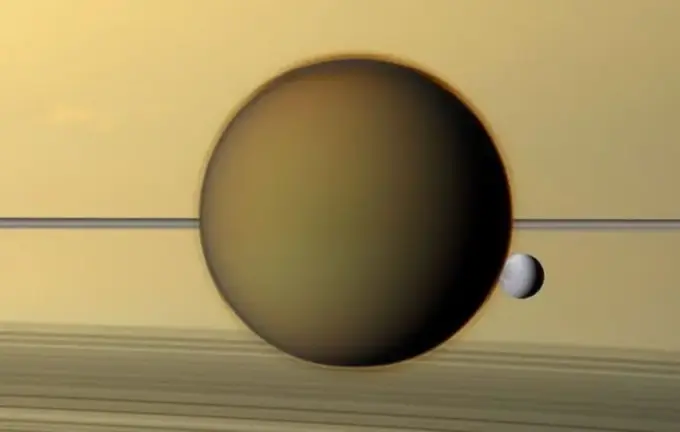New Discoveries on Titan: Challenging Chemical Laws in the Extreme Conditions of Saturn’s Moon

Recent studies of Saturn’s moon Titan are opening new frontiers in scientific understanding by challenging long-held beliefs about fundamental chemical and physical laws.
Researchers have observed phenomena previously deemed impossible — the formation of solid compounds from molecules considered incompatible under normal conditions.
In the frigid environment of Titan, where temperatures hover around -180 to -190°C, certain molecules like hydrogen cyanide can create novel structures.
This finding questions established chemical principles because, traditionally, polar and non-polar molecules such as methane and ethane do not mix or form stable co-crystals at such low temperatures.
However, experiments conducted by NASA scientists and researchers from the Chalmers University of Technology demonstrate that under these extreme conditions, these molecules can interact in surprising ways, forming new arrangements and stable crystal structures.
This discovery is crucial for advancing our understanding of extraterrestrial chemistry and assessing the potential for life or prebiotic conditions on other worlds.
Laboratory simulations mimicking Titan’s atmospheric conditions revealed that methane and ethane molecules can infiltrate and bond within the crystal lattices of hydrogen cyanide, creating stable co-crystals that persist at similar temperatures.
This breakthrough underscores the complexity of chemical processes in space, hinting that our current models may underestimate the diversity of molecular interactions occurring on distant celestial bodies, thus enriching the search for life beyond Earth.

